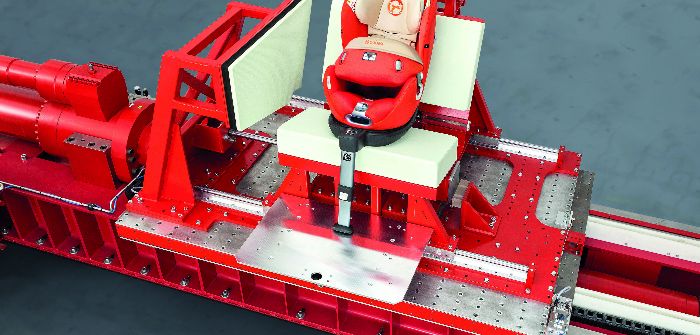Supplier Messring has expanded its range of mounts for its CIS (Compact Impact Simulator) sled testing system, enabling customers to test child-restraint systems according to the new UN ECE R129 regulation, which came into force this year. In addition to front and rear impact testing, the amended regulation governing the approval of child-restraint systems now also requires side impact testing for the first time.
Messring will supply the new mount as a ready-to-use system, enabling testing to be carried out quickly, easily and with precision. It can also be used with other sled test systems from different suppliers.
“The new regulation significantly tightens the requirements that manufacturers must meet in order for their child-restraint systems to be approved for use in the EU,” said Dierk Arp, CEO of Messring. “With our new mounting system, we are launching the first integrated solution that meets all of the associated testing requirements.”
The unit can be used for front, rear, and side impact testing of child-restraint systems. To achieve this, Messring designed a completely new mount, including a damper system, door element, and bench seat. As such, all of the processes and crash phases defined by policymakers can be replicated and integrated into the sled tests. In this context, the bench seat to which the child-restraint system is attached only needs to be turned around and adjusted. Within a distance of only 15cm, the CIS accelerates the door panel to precisely 25km/h, the speed stipulated for the side impact test. Afterwards, it initiates deceleration. A damper system developed in-house is responsible for both the deceleration of the bench seat and the progression of the stipulated relative speed. The mounting system was designed to be vibration resistant. As the acceleration and deceleration values are controlled hydraulically, additional damping material is not required – only the Styrodur on the door panel needs to be replaced.
The new car seat mounting system took almost a year to develop. The first of these systems will be supplied to customers in China and Spain before the end of the year.


